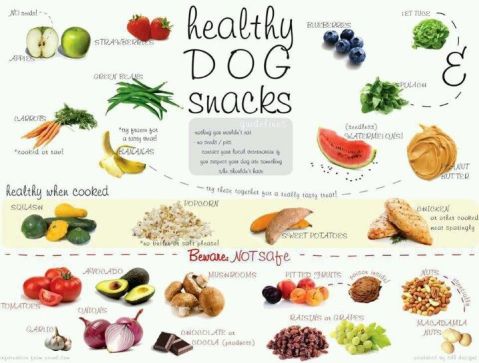How To Brush Your Pets Teeth
To introduce dog or cat to the idea of dental care, start slowly and gradually. The training process may take several days or even weeks. To be effective you should brush your pet’s teeth every day.
- Dip a finger into beef bouillon (for dogs) or tuna water (for cats) and gently rub along your
pet’s gums and teeth. Make the initial sessions short and positive*. - Once your pet is okay with a little bit of touching, gradually introduce gauze over your
finger (dipped into the beef or tuna flavor) and rub the teeth and gums in a circular fashion. - When your pet can handle the gauze, try brushing with a toothbrush specially designed for
pets or a very soft, ultra-sensitive toothbrush designed for people or kids. The bristles should be held
at a 45-degree angle away from the gum line, and be moved back and forth motion. Focusing on the gum line, start at the front of the mouth, then move to the back upper and lower teeth and
gum areas.
* The most important area to focus on is the gum line (the crevice where the gums meet the teeth), where bacteria and food mix to form plaque.
- Gradually add special dog/cat toothpaste (flavored with meat or fish), but never use human
toothpaste or baking soda, as both will upset your pet’s stomach. Let your pet just lick the
toothpaste off the bristles of the brush at first to get used to the taste.
The entire process should only take a minute or two. If your dog or cat continues to resist, try gently wrapping him in a large bath towel with only his head sticking out. Above all, avoid overstraining and keep sessions short and positive. With plenty of praise and reassurance, your dental sessions can bring the two of you closer—a closeness that won’t be marred by the perils of dog breath. Home care can be improved by feeding your pet an unmoistened dry pet food and offering him hard biscuits after each meal. Both dry food and hard biscuits produce abrasion to help keep plaque to a minimum on the crown of each tooth.
Regularly examine your pet’s teeth for signs of periodontal disease, such as brownish colored teeth; swollen, red, or bleeding gums; persistent bad breath; loose teeth or loss of teeth; pus between the gums and teeth; broken teeth and any unusual growth in the mouth. Reluctance to eat, play with chew toys, or drink cold water, dropping food from the mouth, abnormal drooling, or swallowing food whole are warning signs of periodontal or gum disease. Consult us if you notice any of these signs in your pet .We can help to have your pet live a long and pain-free life!
Healthy Snacks for Dogs
Which Foods Are Best, and Which Are Not Safe for Dogs?
Who can resist those big brown eyes and cute doggie grin? Can a little reward from the table really hurt your dog? Well, that depends on what it is and what’s in it. A chip with guacamole can cause your dog some real problems. In fact, there’s a lot of “people food” your dog should never eat. And, it’s not just because of weight. Some foods are downright dangerous for them — and some of these common foods may surprise you. There are some plant foods that are toxic to pets, so you will want to be familiar with what foods to avoid and what foods are safe to give to your four-legged friends! If you are unsure, check with us to make sure that your planned treats are not going to be harmful to your pet. Also, keep in mind that while dogs are omnivorous and more open to trying different kinds of foods, cats, on the other hand, are carnivorous; They are not just picky about what they eat, they are constitutionally incapable of digesting some types of foods.
Here is a list below of healthy and hazardous treats that have been proven safe and some even toxic for your pets.
ALSO AVOID:
Milk– Because pets do not possess significant amounts of lactase (the enzyme that breaks down lactose in milk), milk and other milk-based products cause them diarrhea or other digestive upset.
Chocolate, Coffee, Caffeine– These products all contain substances called methylxanthines, which are found in cacao seeds, the fruit of the plant used to make coffee and in the nuts of an extract used in some sodas. When ingested by pets, methylxanthines can cause vomiting and diarrhea, panting, excessive thirst and urination, hyperactivity, abnormal heart rhythm, tremors, seizures and even death. Note that darker chocolate is more dangerous than milk chocolate. White chocolate has the lowest level of methylxanthines, while baking chocolate contains the highest.
Fat Trimmings & Bones- Table scraps often contain meat fat that a human didn’t eat as well as bones. Both are dangerous for dogs. Fat trimmed from meat, both cooked and uncooked, can cause pancreatitis. And, although it seems natural to give a dog a bone, he can choke on it. Bones can also splinter and cause an obstruction or lacerations of your dog’s digestive system. It’s best to just forget about the doggie bag.
Now you are armed with the knowledge to help feed your dog some amazing foods! Thinking of trying something homemade for your barking, four-legged family member?! Then be sure to check out this fun and informational video on how to make your dogs some homemade peanut butter dog treats! YUM!

